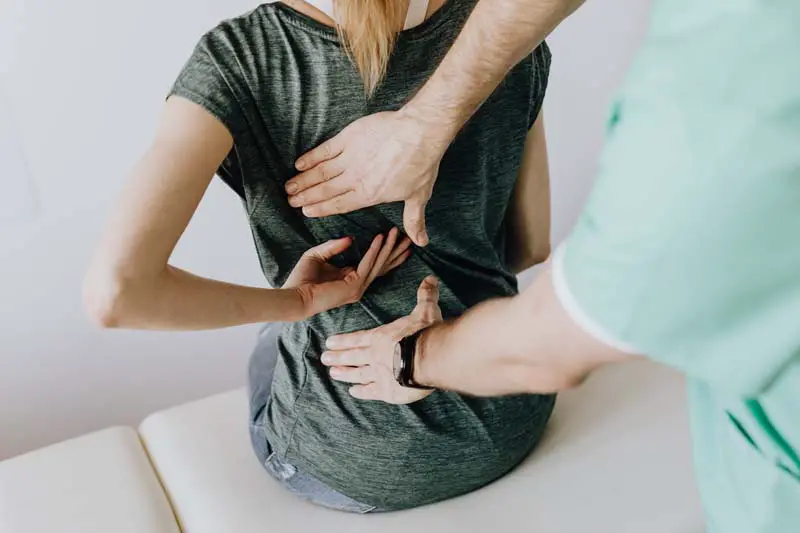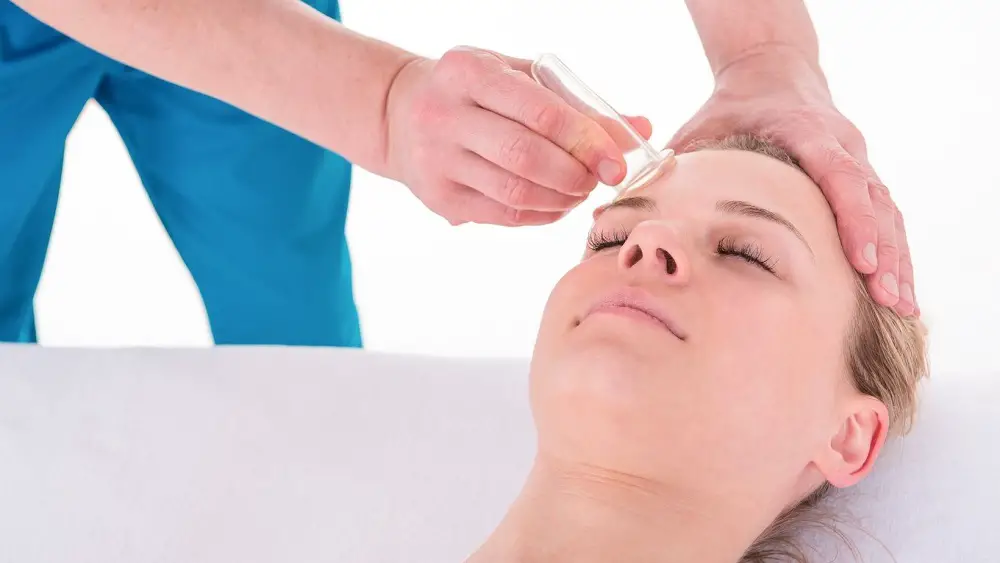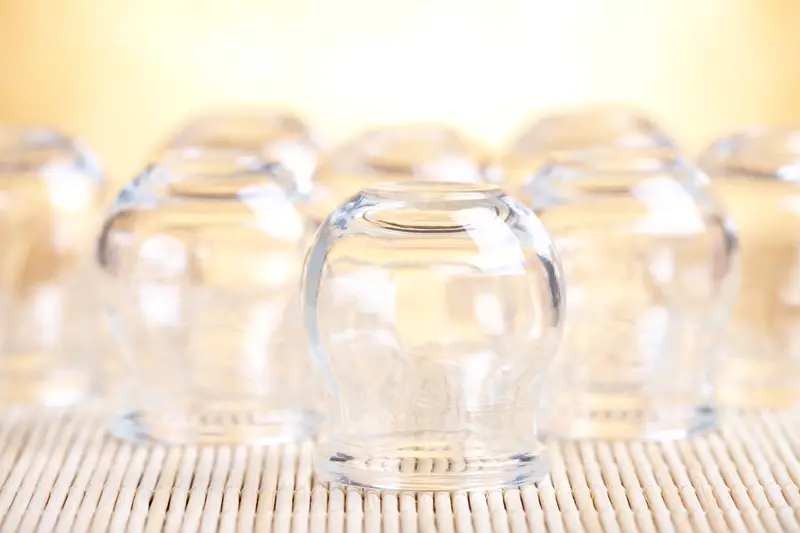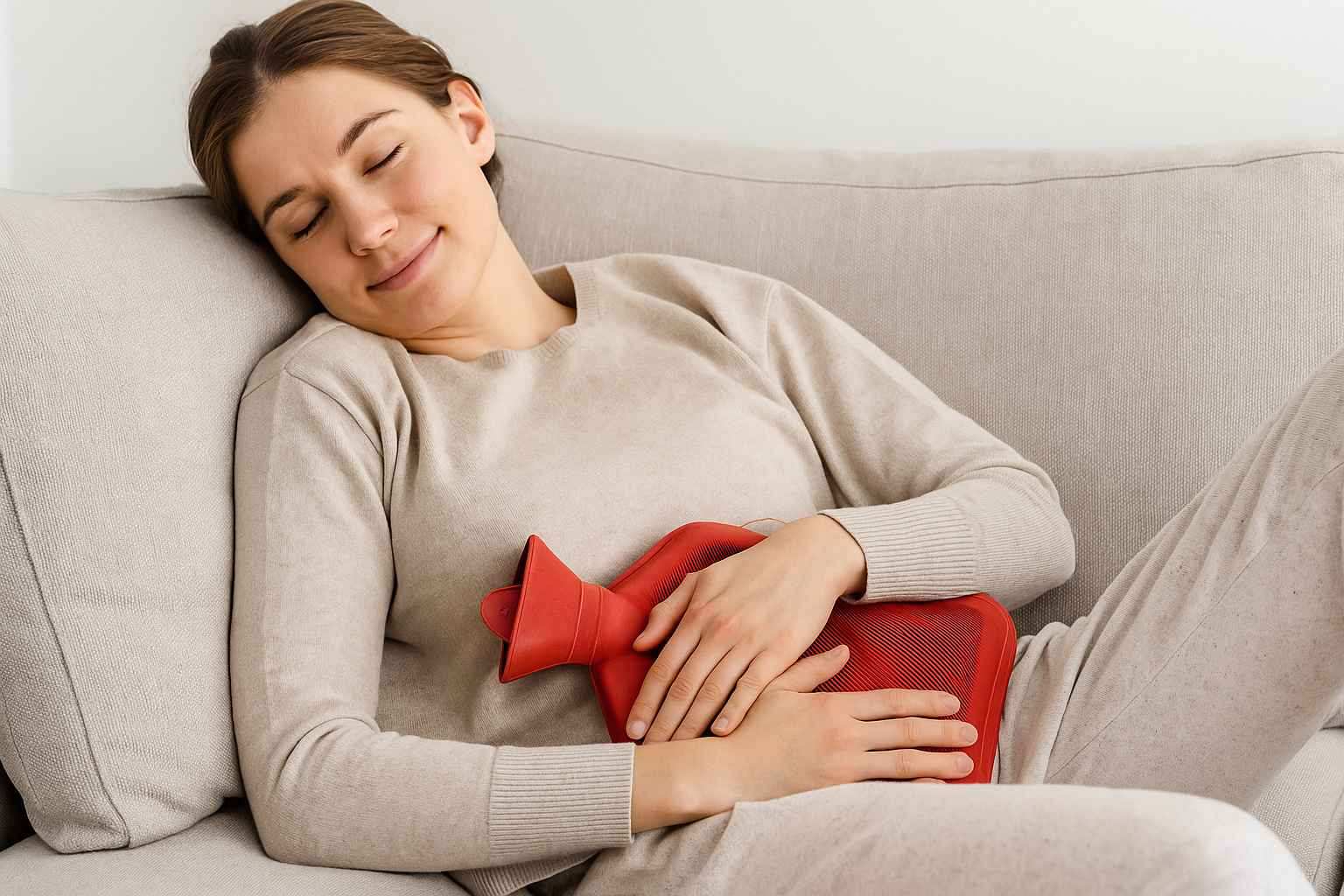For many people, acupressure has been the answer that they have been looking for. Perhaps it can be the answer to your long-lasting back pain. Whether it is upper or lower back pain, with the right acupoints, acupressure can easily cause pain relief. If you are interested in dipping into the pool of benefits that acupressure has to offer, here are some acupoints that can help you. And if you are worried about not locating these acupoints right, there are always some pressure point socks for back pain that can help you.
What Are The Pressure Point Socks?
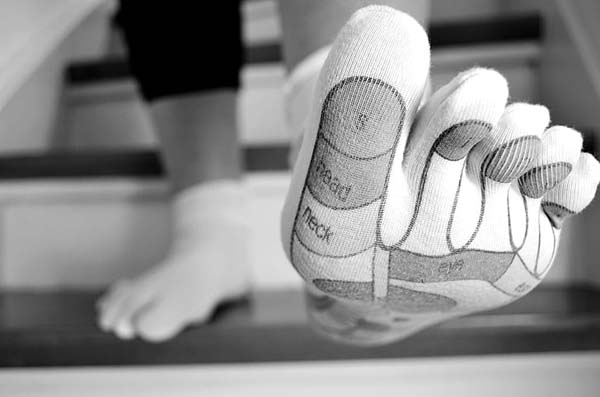 Pressure point socks represent fun and innovative way to learn more about reflexology. They come with a colorful map of the pressure points located on our feet. The map is printed on the sole of the sock, and it identifies each reflexology area along with the acupoints.
Pressure point socks represent fun and innovative way to learn more about reflexology. They come with a colorful map of the pressure points located on our feet. The map is printed on the sole of the sock, and it identifies each reflexology area along with the acupoints.
Most pressure point socks help improve your balance and blood flow while reducing feet odor at the same time. These socks are no ordinary socks. They are made using special material, one that is designed to promote blood flow and reduce moisture.
The idea behind using acupressure for back pain was born thousands of years ago. Being an effective technique, acupressure has found its way all around the world. Nowadays, this alternative technique has been used for a variety of health issues, one of which happens to be back pain. So, if you want to reduce your back pain, we highly recommend investing in some good pressure point socks for back pain. Thanks to the pressure point socks, back pain treatment will be fun, engaging, and effective!
What Pressure Point Socks Should You Choose?
While we are sure that there are many different pressure point socks to choose from, we do have our favorites. Perhaps you will want to give the RELAXUS Reflexology socks a try, or maybe you want socks and gloves pair instead? Whichever you end up choosing, you will not make a mistake.
Stimulate These Acupoints With The Help Of Your Pressure Point Socks
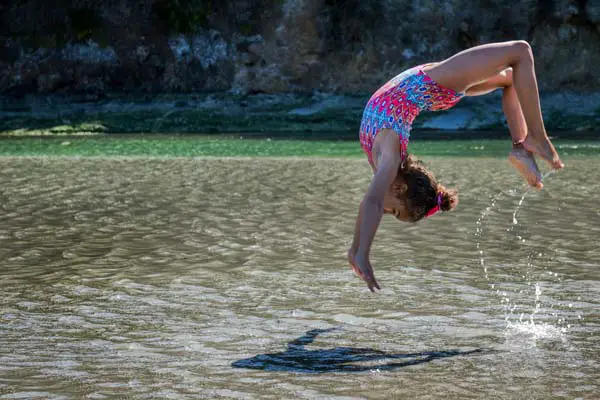 Both upper and lower back pain can be easily relieved with the help of acupressure and acupuncture. However, acupuncture needs to be performed by a certified professional, whereas acupressure can be done from the comfort of your own home. For anyone interested in using acupressure to relieve their back pain, we recommend using the following acupoints. By stimulating these exact acupoints, almost instant pain relief is possible. And with the help of a pair of pressure point socks or gloves for reflexology, it should be reasonably easy to locate these acupoints.
Both upper and lower back pain can be easily relieved with the help of acupressure and acupuncture. However, acupuncture needs to be performed by a certified professional, whereas acupressure can be done from the comfort of your own home. For anyone interested in using acupressure to relieve their back pain, we recommend using the following acupoints. By stimulating these exact acupoints, almost instant pain relief is possible. And with the help of a pair of pressure point socks or gloves for reflexology, it should be reasonably easy to locate these acupoints.
1. Acupoint: KI-1 (Other Names: Kidney-1/Yong Quan/Gushing Spring)
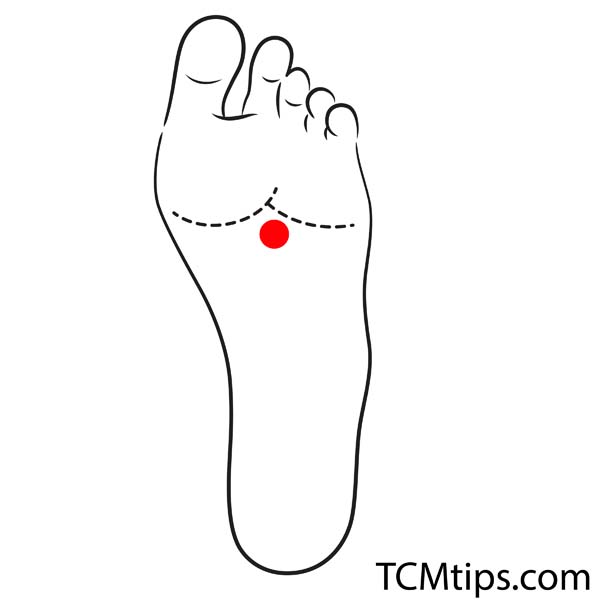
But, stimulating the KI-1 will also help soothe some of that troubling back pain. To stimulate the KI-1, simply sit down on the floor and relax your legs. Locate the KI-1 and continue to apply pressure. Start by stimulating the KI-1 on the one, and then move to the second foot. Apply mild to intensive pressure in 2-3 minutes. Use circular movements that you will be doing using your thumb. Repeat a couple of times for a full effect.
2. Acupoint: Liv-3 (Other Names: Liver-3/Tai Chong/Supreme Rush)
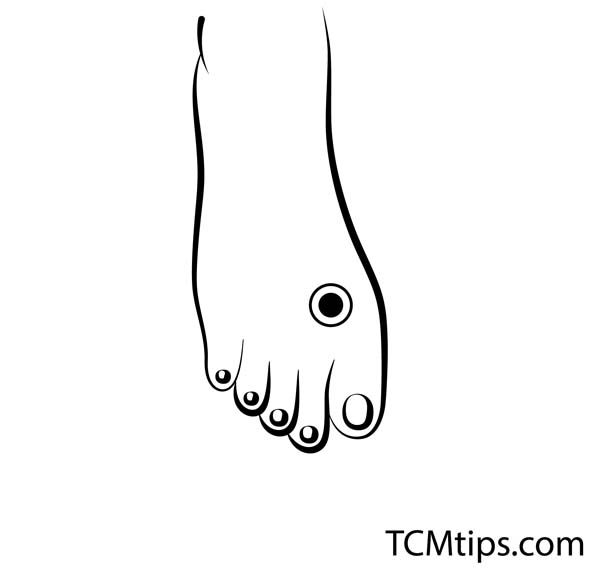
The Liv-3 is another popular acupoint for back pain. Like the KI-1, the Liv-3 can also be found on the foot. However, unlike the KI-1, the Liv-3 can be located on the dorsal side of the foot. Using your thumb, locate the Liv-3 in the depression that is found above the 1st metatarsal space.
Stimulation of the Liv-3 is recommended to women, especially those who are struggling with menstrual issues. But its stimulation can be quite helpful regarding any back problems as well. This acupoint can also help against any weakness in the lower extremities, difficulty in walking, pain, and numbness in the back, etc. Apply firm, deep pressure onto the Liv-3 for about 4-5 seconds. You can also massage the acupoint using circular movements as well. Do not forget to stimulate both Liv-3 acupoints.
3. Acupoint: SP-6 (Other Names: Spleen-6/San Yin Jiao/Three Yin Intersection) **BONUS POINT**
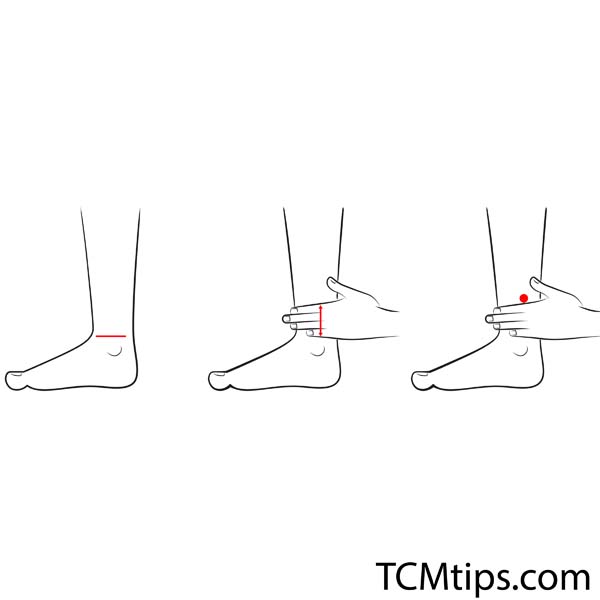
You cannot find SP-6 on the pressure socks because it is located in the knee. The SP-6 is often used to treat any gynecological, urological, and pelvic disorders, as well as back issues and even insomnia. This acupoint can be easily located if you were to use your thumb to palpate just above the ankle, on the inside of the leg. For a more precise location, the SP-6 is found approximately three fingers width above the ankle.
Keep in mind that this acupoint should not be stimulated during pregnancy. Its stimulation can induce labor. For anyone struggling with back issues, make sure that you apply firm pressure for up to 4-5 seconds. Stimulate the SP-6 on both sides. Acupuncture and moxibustion can be performed as well, although a professional practitioner may be required.
4. Acupoint:(Other Names: Triple Energizer-3/Zhong Zhu/Central Islet)
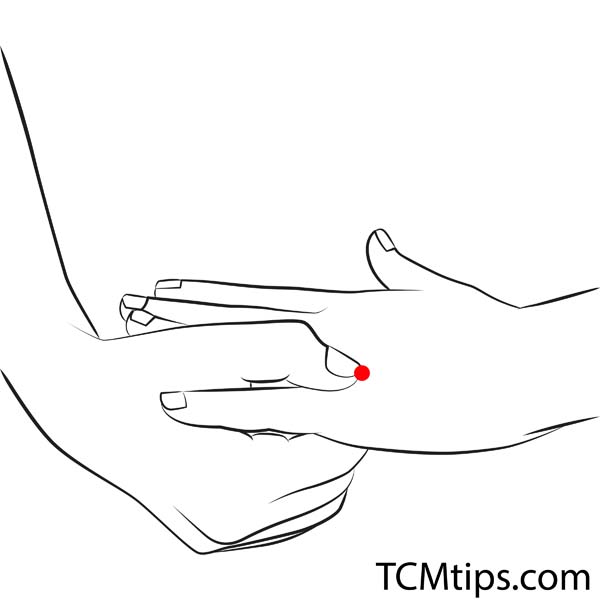
The last two acupoints are located in the hand area. The first one is TE-3. The Triple Energizer-3 can be found on the dorsum of the hand. First, locate the metacarpophalangeal joint between the fourth and the fifth metacarpal bone. Then, you should see a small depression behind the joint and this is TE-3. Alternatively, you can also hold your hand as shown above and your thumb points to TE-3 directly. Use your pointer finger to apply pressure. 4-5 seconds of deep pressure should be enough to soothe any upper back and neck pain that you have been experiencing.
5. Acupoint: PC-6 (Other Names: Pericardium-6/Nei Guan/Inner Pass) **BONUS POINT**
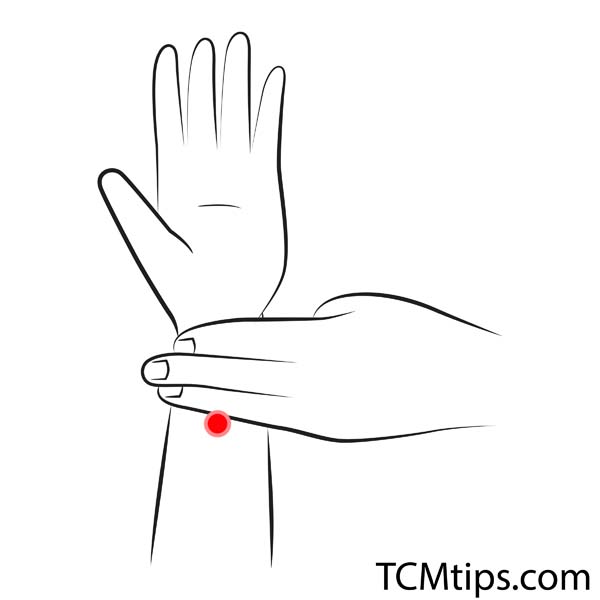
The majority of the benefits of the PC-6 are focused on digestive health. Issues such as nausea, vomiting, upset stomach, and even motion sickness can be easily relieved with the PC-6. But this acupoint can also help soothe some of your back pain, especially when used along with the TE-3 acupoint.
Conclusion
Living with back pain can be exhausting, both physically and mentally. Knowing that it should not be an option to live with back pain without doing something about it. So, how about trying a painless yet highly effective pain-relief technique that can take away some of that pain? How about giving acupressure and pressure point socks for back pain a try?
Related Reading
- 9 Pressure Points For Upper Back Pain I’ve Learned From My Therapist
- The Best Massage For Sciatica Nerve Pain Relief
- Everything You Need To Know About Reflexology For Sciatica
Photo by Karolina Grabowska from Pexels, Tim Mossholder from Pexels

Try our Anti-Aging Gua Sha Tool designed to bring out your skin’s natural glow.
Best Gua Sha Product- Anti-Aging: The tool is designed to target 11 specific aging signs such as wrinkles and sagging skin. By following the 7-step routine, users can improve skin firmness and reduce fine lines naturally.
- Enhances Skincare Routine: It works effectively with serums and lotions, boosting absorption and efficacy of skincare products.
- Visible Skin Improvement: Users can expect a smoother complexion, reduced puffiness, and a more youthful appearance.
 P. Sze
P. Sze 